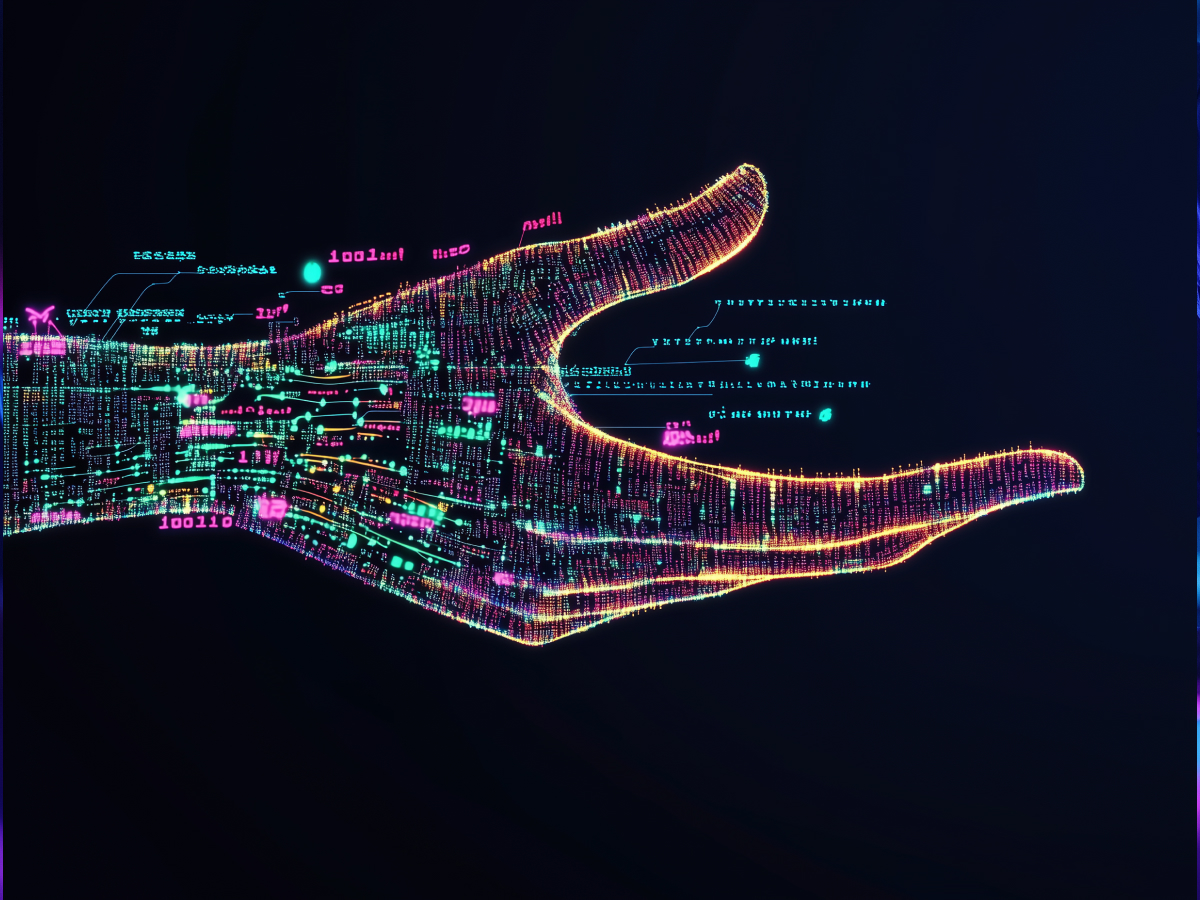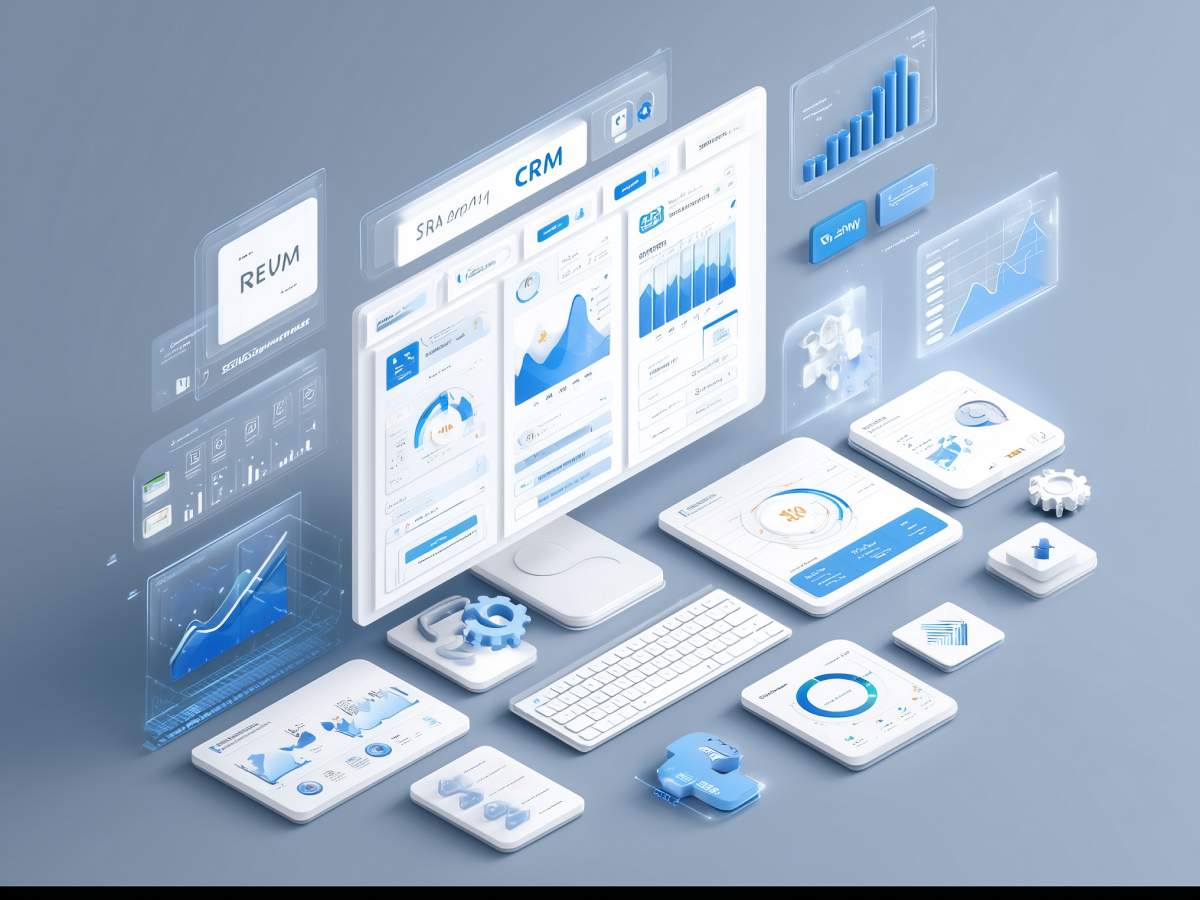The future of computing needs software that keeps pace with evolving hardware, and Go is rising to the challenge. As systems grow more complex—think massive multicore architectures and specialized instruction sets like vector and matrix operations—Go is making fundamental upgrades to stay ahead.
For instance, Go 1.24 will introduce a completely re-engineered map implementation. It’s tuned for modern CPUs, squeezing out more efficiency with every operation. That means developers get faster performance without rewriting their code; a win for anyone running high-demand systems.
The Go team is prototyping new garbage collection algorithms designed specifically for today’s hardware realities. This will tackle challenges like non-uniform memory hierarchies, so that memory management becomes less of a bottleneck and more of an invisible workhorse. On top of that, developers will see fresh APIs and tools designed to tap into cutting-edge hardware features, making Go a first-class citizen in any modern computing stack.
Go’s user base has tripled over the past five years. That’s massive growth for a programming language that just turned 15. And its recent ranking—seventh on the Tiobe index in November 2024—is its highest ever. It’s a sign that Go’s performance focus and relentless modernization are striking a chord with developers worldwide.
Go as a leading language for AI system development
Artificial intelligence is the frontier of technological progress, and Go is gearing up to be a dominant player in this space. From infrastructure to applications, the language is being fine-tuned to meet the unique demands of AI. Why? Because Go is dependable. It’s already at the core of cloud infrastructure, which forms the foundation of large-scale AI systems like LLMs (large language models). Companies trust Go to deliver robust, scalable systems, and that trust is now extending into AI workloads.
Go’s strategy is crystal clear. It’s building direct support for AI-focused SDKs, such as LangChainGo and Genkit. Developers won’t need to wrestle with integrations or compatibility issues. Instead, they’ll find a language that speaks AI fluently.
Go is helping steer the next wave of innovation. Developers are already giving it a thumbs up as a strong contender for AI-heavy tasks. With these improvements, it’s primed to become a go-to option for AI projects. If AI is the future, Go is making sure it’s part of the story. Expect to see more companies and teams picking it as their AI development platform of choice.
Safety and security in Go’s standard library
Go’s standard library is doubling down on this principle. The team is building a system where safety is baked into the foundation. A good example is the introduction of native support for FIPS-certified cryptography. What’s exciting is how accessible this will be. Developers working on applications that need FIPS compliance won’t need to jump through hoops. It’s as simple as flipping a flag. This level of usability, paired with strong security, is impactful for industries like finance, healthcare, and government.
As the digital market gets more complex, the importance of this focus can’t be overstated. Developers need tools that handle security for them, and Go is delivering just that. This approach cements its position as a language that’s ready for mission-critical applications.
Final thoughts
Go’s staying power comes down to constant improvement. Take the most recent updates in version 1.23, for example. Developers now enjoy faster profile-guided optimization (PGO) build times. That means less waiting and more doing. The introduction of telemetry data also gives teams valuable insights into how their systems are running, making troubleshooting and optimization more intuitive.




